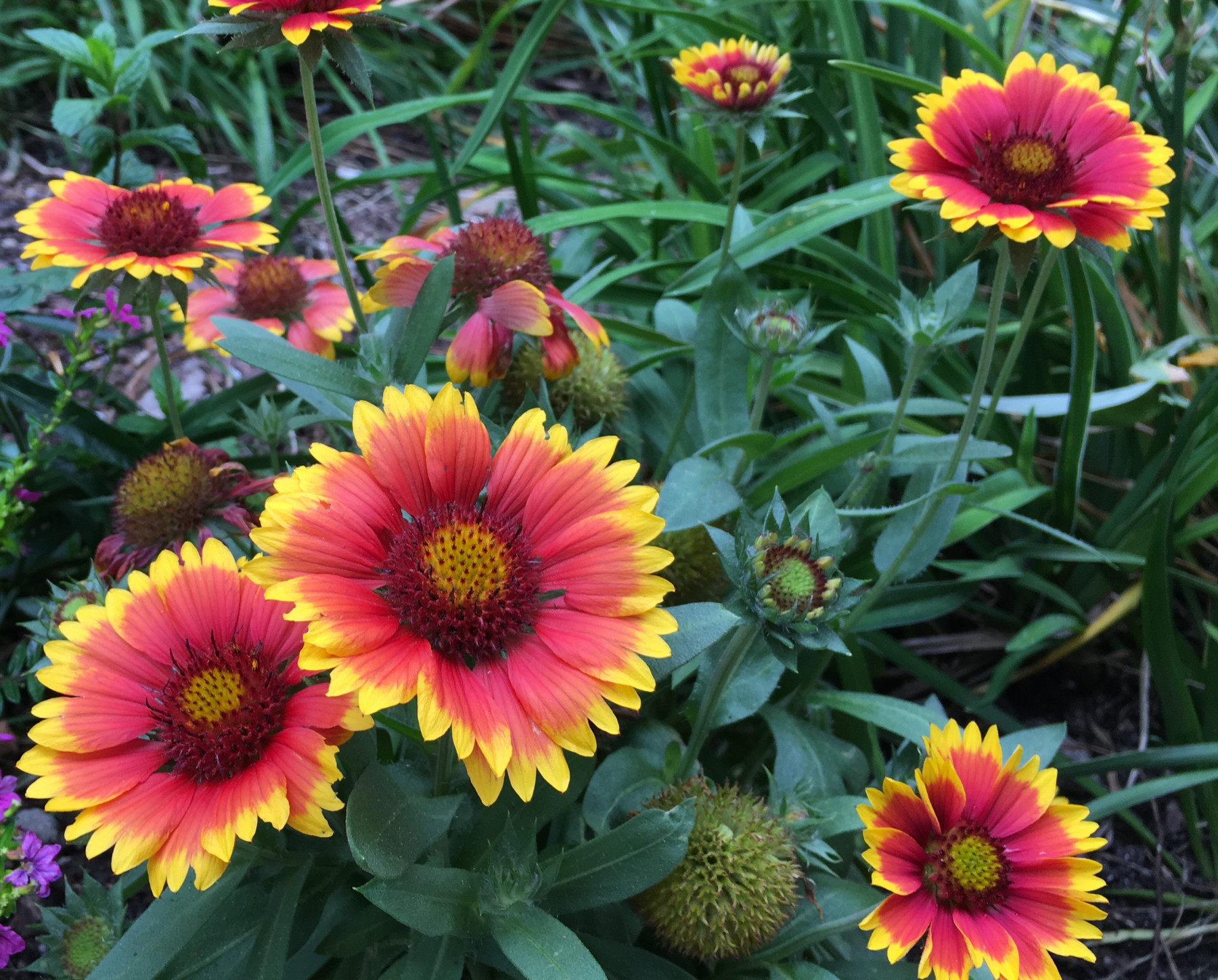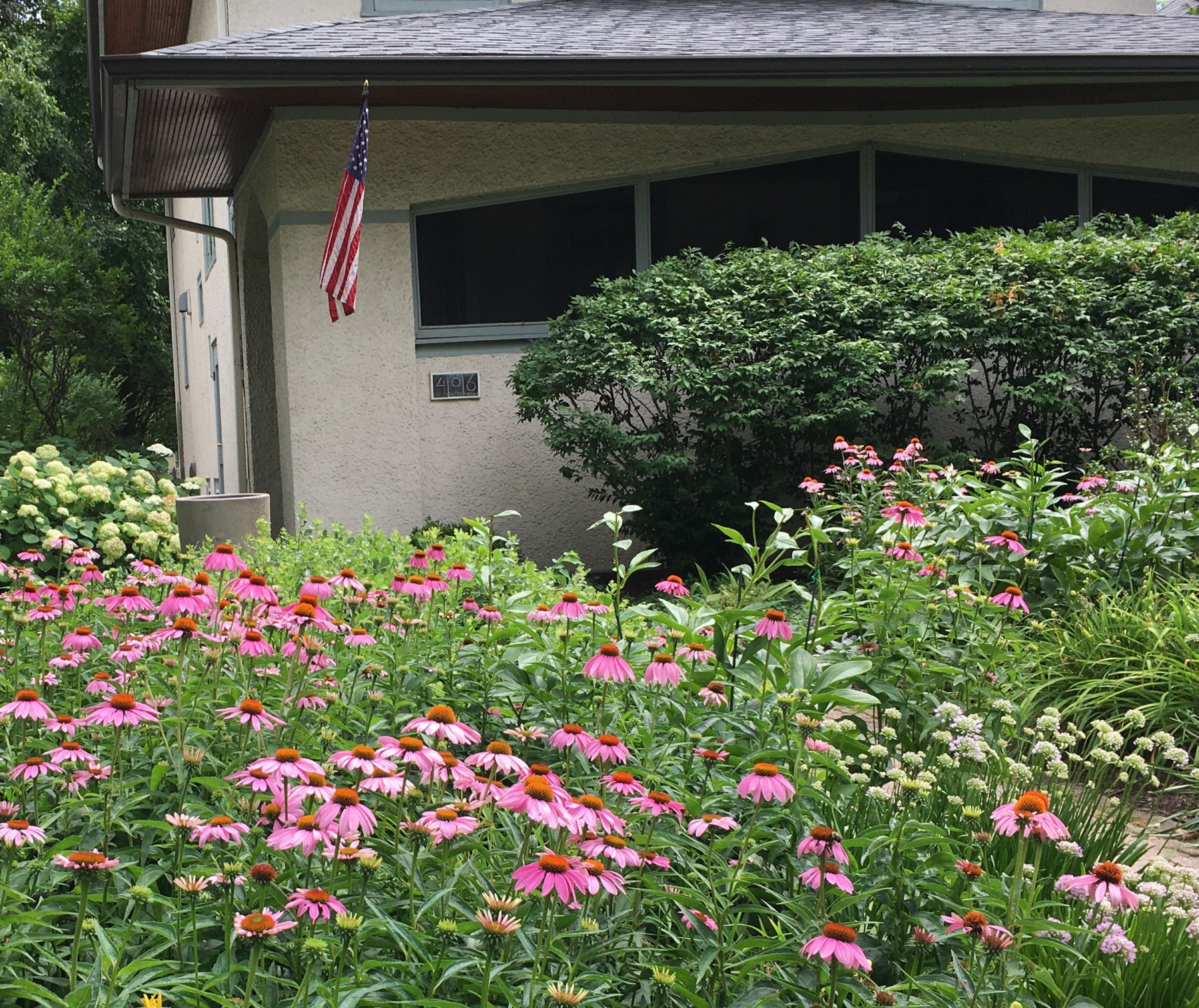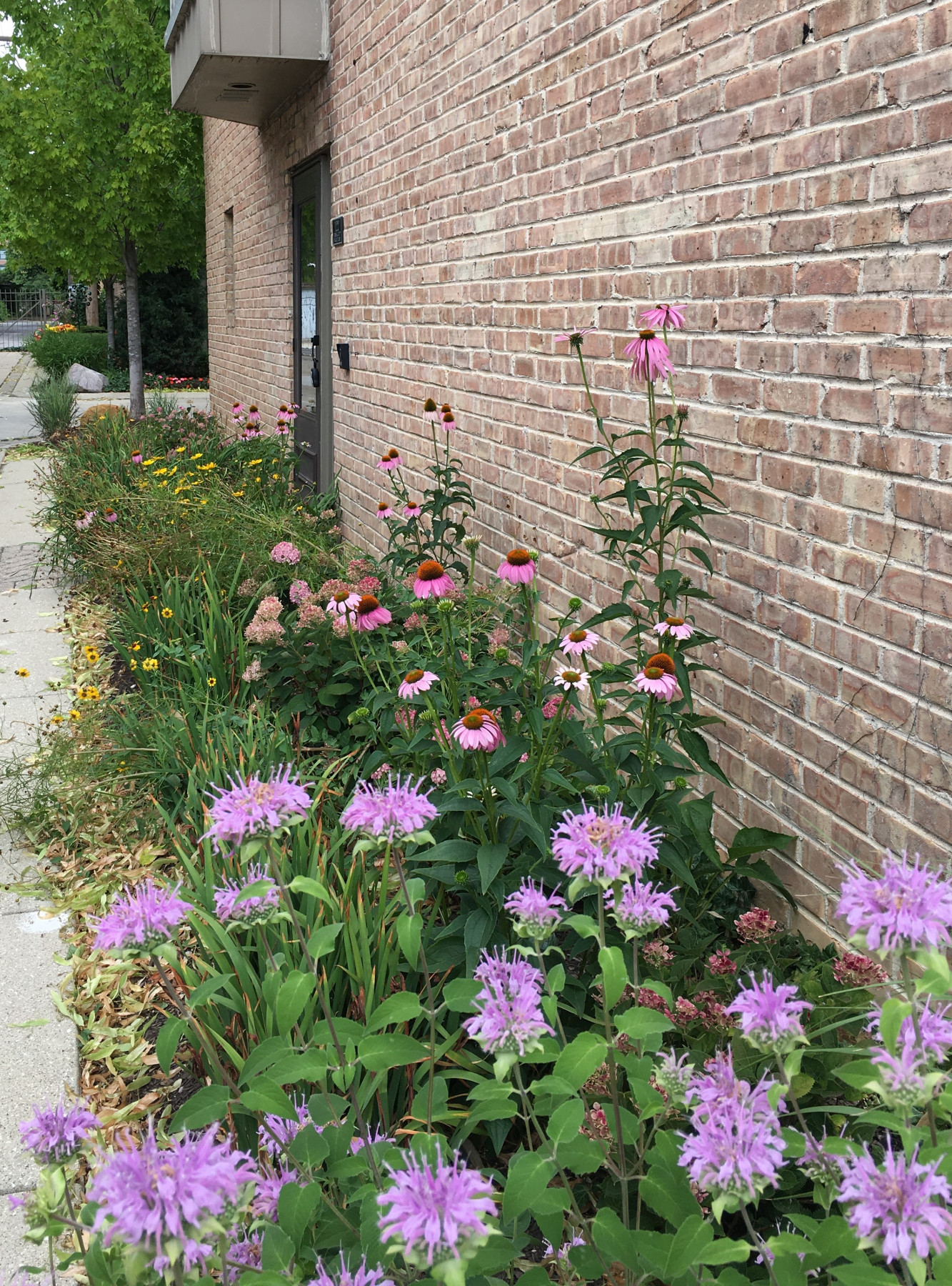
I was strolling (properly masked) through my neighborhood on a recent afternoon when I spotted a flower in a front-yard garden that swept me into one of those wave-of-memory moments. It was Gaillardia pulchella, the plant my mother grew up calling Indian blanket, its cheery red daisylike flowers rimmed with bright yellow.
It threw me back to a July of my childhood, when we traveled by train from Chicago to a family reunion in a small western Oklahoma town near where my great-grandparents homesteaded in 1900. Usually, when we visited there in the summer, the landscape of farm fields and cattle pastures had dried to a monotonous beige. But that year had been unusually wet, with soaking storms that kept the grass green, the corn and wheat still standing, and huge ponds of red-dirt mud for the cattle to wallow in.
The farmers in the family were worried about when the fields would dry out enough to harvest the corn. My mother and I, though, were dazzled by what we saw along the roadsides and at the fringes of the cornfields. Riotous strips of prairie flowers were blooming in colors I had never seen in Oklahoma: red Indian blanket, pink milkweed, yellow black-eyed Susan, purple blazing star.

After nearly a century of fencerow-to-fencerow farming, as the prairie that once spanned the grand horizon was plowed under, in those skinny edges by the sides of roads where they were now mowed as weeds, those plants had kept their seed bank alive in the soil. In a year of unusual rain, they seized the chance to sprout and grow and burst into bright bloom.
My mother grew up knowing only a handful of those plants’ names; like most of the farmers who had traveled west to settle in Oklahoma, her people regarded anything that grew wild as a weed. She came to know prairie flowers as an adult in Chicago, when she became a conservationist and a native-plant gardener. One of the plants that bloomed in her garden was Indian blanket.
She’s not the only one. On my walks these days, I see many gardens planted with milkweeds to nurture monarch butterflies and many other nectar-rich native plants such as purple coneflower, bee balm, and butterfly weed. I see many kinds of butterflies and bees as well as other pollinators such as hawk moths.
You don’t need a prairie-size parcel to grow a garden of native plants, or just to include some in a bed of perennials. I see substantial front yards with big sweeps of purple coneflower and other showy native flowers, but I also see deft little native plant gardens tucked into thin strips next to apartment buildings, in the parkways between the street and the sidewalk, even in big containers next to front doors.

As long as you pay attention to their needs and choose species that will work in your site, you can grow some native plants almost anywhere. It’s worth knowing, for example, that there are several different species of coneflower and blazing star that prefer different kinds of soil. You need to keep your space in mind so you don’t plant towering switchgrass when knee-high prairie dropseed would fit better. But that’s true of all perennial gardening: It’s always important to understand your conditions and select plants that are suited to them.
Personally, I don’t have enough sun in my garden to grow Indian blanket, so I’m grateful that somebody in my neighborhood does. It makes me think of my mother’s delight in the sight of blooming prairie flowers that long-ago summer. In these uncertain times, it reminds me of the resilience of nature, and our resilience, too. It assures me that things can get better: Oklahoma has tallgrass prairie preserves now, and a native plant society.
Each gardener who planted a few native plants in my neighborhood became, as an individual, a part of a big change. It gives me hope.


